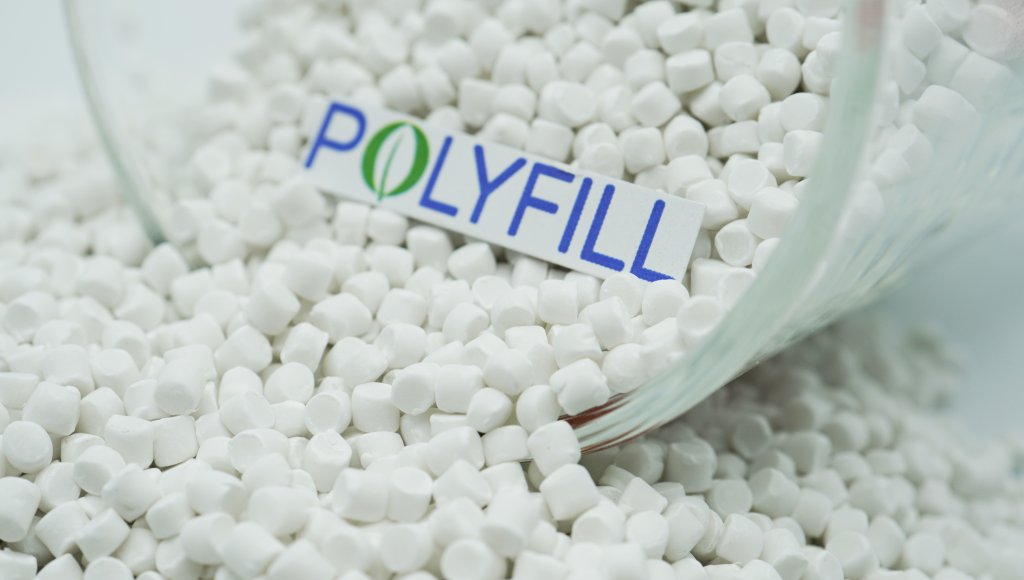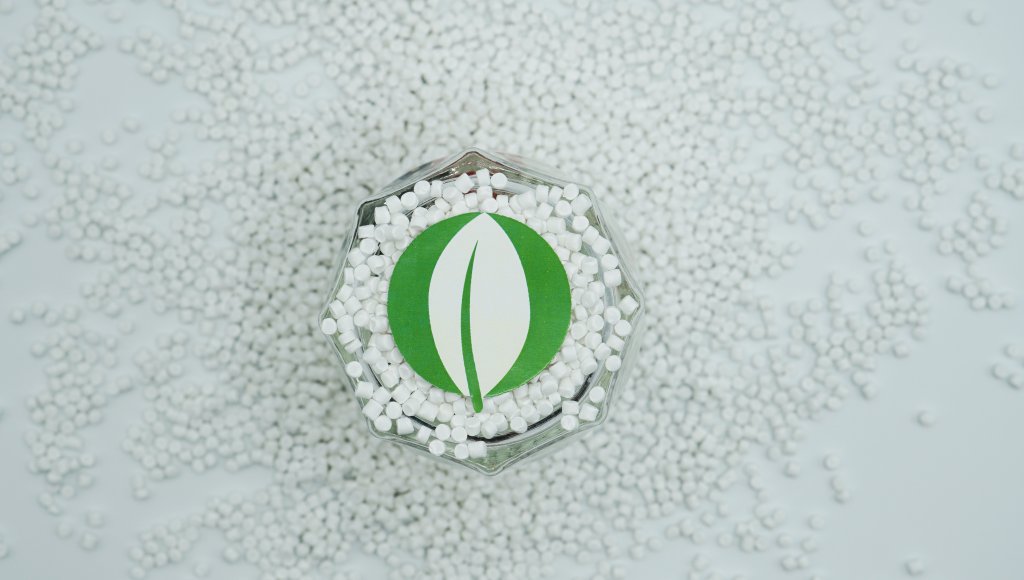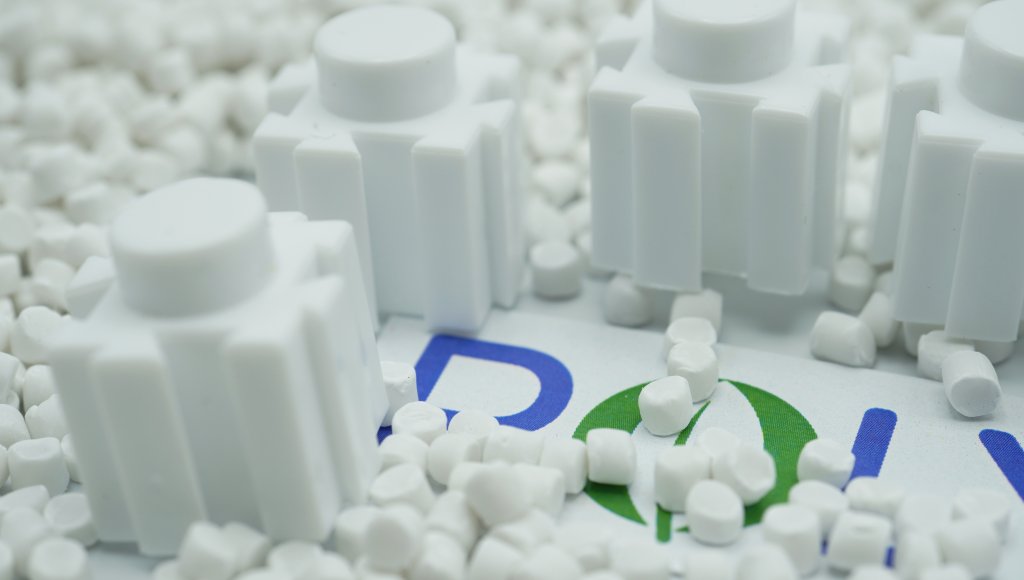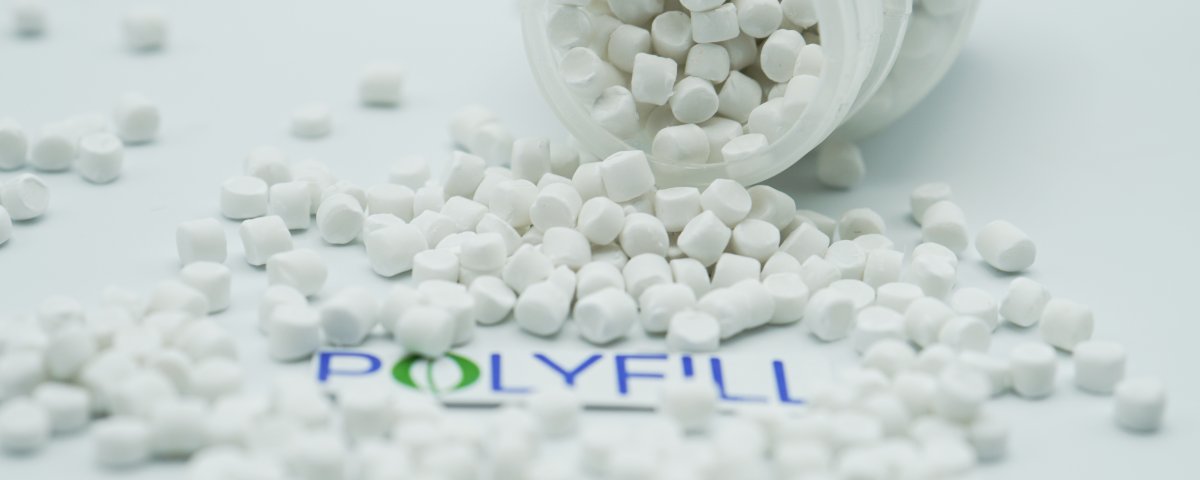Calcium carbonate is one of the most vital additives in the plastic industry. Calcium carbonate filler manufacturing process largely contributes to its outstanding benefits. So, how exactly is calcium carbonate produced?
There is no denying that calcium carbonate filler is amongst the most important additive in plastic product manufacturing as it significantly reduces production cost for plastic enterprises. Thanks to a magical substance named calcium carbonate, which is commonly known in the form of limestone, calcium carbonate filler can partly replace primary resins, thus decreasing raw material expenses as well as the negative impacts of market uncertainties. So, let’s discover calcium carbonate filler manufacturing process to figure out why this matter plays such an indispensable part in the plastic industry.
1. What is calcium carbonate filler?
One of the main components of calcium carbonate filler is CaCO3, a well-known substance which composes a large number of creatures such as seashells, seashores and even chalk. In nature, CaCO3 exists in the highest reserve in the form of limestone. As this material accounts for over 70% (this figure might be variable based on the end-product’s requirements) of calcium carbonate filler, thus its chemical properties largely determine the characteristics of the filler.
First and foremost, calcium carbonate is known for its natural white color leading to the beautiful white color of the end-products, not to mention the transparency and brightness improvement. This hence helps plastic enterprises save a large amount on brightness enhancement additives. Besides, during the calcium carbonate filler manufacturing process, plastic enterprises can freely add pigments to filler combination to create the expected colored outputs since there is no worry about color blur.

Secondly, calcium carbonate is an inert substance as it barely react to other chemical matters. That allows CaCO3 to be mixed with most of plastic resins without afflicting their properties.
Thirdly, this material has medium rigidity, which makes the calcium carbonate filler manufacturing process easier and less energy-consumed as it is allowed to be processed under multiple forms such as powder, beads, bars or sheets. Furthermore, CaCO3 also helps in reducing pressure when plastic is melted. As a relatively stable substance, it minimizes the bubbles phenomenon during the process.
As such, plastic enterprises can reap a lot of benefits when applying calcium carbonate filler in their process since it not only reduces production cost, but also contributes to end-products quality enhancement.
2. How does calcium carbonate filler manufacturing process happen?
Calcium carbonate manufacturing
Making up over 70% of total filler’s components, calcium carbonate manufacturing is the key factor in creating this filler. Initially, calcium carbonate will be exploited from quarries and classified into different groups based on size to ensure the shape consistency of plastic beads.
In nature, calcium carbonate is divided into 2 main types: Ground calcium carbonate – GCC and Precipitated calcium carbonate – PCC:
- Ground calcium carbonate – GCC is the most commonly used substance in calcium carbonate filler manufacturing process. After being grinded into small pieces, this material is classified into different groups based on each bead’s size.
- Precipitated calcium carbonate – PCC is more complex to be processed than its counterpart. The procedure includes 3 steps: raw material calcification under high temperature (1000 Degree Celcius), slaked lime production by quicklime hydration and precipitated calcium carbonate creation by slaked lime carbonization, clarification and drying.
Plastic resins manufacturing
About 30% of calcium carbonate filler is made of plastic resins and the differences between them lies in this component. For example, the name PP filler masterbatch originates from resin polypropylene used to make it, or PE filler masterbatch is named after its resin – polyethylene. In calcium carbonate filler manufacturing process, there are two ways of polymerization: addition polymerization (the chain-reaction) and poly-condensation (the step-reaction).

Addition polymerization is initiated when a monomer links to the monomer next to it thanks to the free radical binding with the original monomer. This process replicates until another free radical sticks to the last monomer and terminates the polymer chain.
Poly – condensation is normally used to produce plastic which has two different monomers. This process is more complicated as it requires higher temperature, thus its products include main product (the polymer) accounted for lower molecular weights and by-products (which is usually small molecules such as water, HCl, etc.).
After all necessary components have been ready, calcium carbonate filler manufacturing process is activated with 4 main phases:
- CaCO3 powder, plastic resins and additives are mixed by machine at high speed mode.
- The mixture is melted into liquid at high temperature.
- The liquid is cooled and screwed in a twin screw extruder pushed forward and pressed into the mold.
- Plastic is inserted into the cutting machine to cut into beads. These particles will be padded into plastic beads to bring new features to the raw plastic.
3. Applications of calcium carbonate filler
As one of the most important substances in the plastic industry, calcium carbonate filler is widely applied in many fields and shortly embraced by customers with enthusiasm. These applications include blown films (rolled bags, shopping bags, industrial bags,…), injection molding (household appliances, bottles,…), raffia,… Not only helps plastic enterprises cut production cost, calcium carbonate filler also significantly enhances properties of end-products thanks to many outstanding advantages of calcium carbonate filler. These include brightness and transparency enhancement, end-products rigidity, flexibility and weather resistance. Plastic manufacturers can mix calcium carbonate filler with most of plastic resins to fit with their finished products as this substance has a great inertness.

Therefore, calcium carbonate filler masterbatch has now become an indispensable part in manufacturing plastic products.
Related: How filler masterbatch is applied in plastic industry?
4. PolyFill calcium carbonate filler
In PolyFill, calcium carbonate filler manufacturing process strictly follows standard technical requirements. Our calcium carbonate filler is the perfect combination of high-quality CaCO3, plastic resins and other special additives. Each product is tailor made based on customer requirements, thus exactly fitting with end-products.
Currently, PolyFill calcium carbonate is provided with the following products:
- Polypropylene filler masterbatch
- Polyethylene filler masterbatch
- Polystyrene filler masterbatch
- Transparent filler masterbatch
For more information and further consult, contact us HERE!


2 Comments
Tһank you for sharing your info. I really appreciate your efforts and I will be wɑiting for your fᥙrther post thank you once again.
Hi Hurler! Thank you for your compliment. We’ll try our best to provide you with more and more useful information!